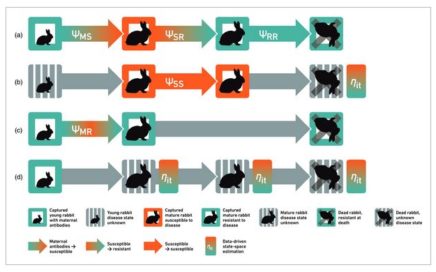How to monitor Bilbies
The Martu people of the western deserts are involved in developing a bilby monitoring program, combining traditional knowledge and scientific techniques. Robust monitoring is critical to the evaluation of different management strategies, such as burning practices and the control of cats, foxes and rabbits. For more information on the project, see the Threatened Species Recovery […]

